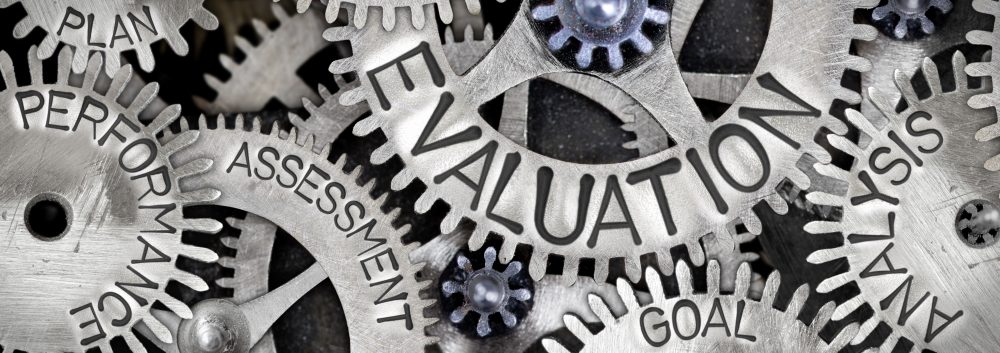Whether you’re the star employee on the rise in your organization or the newcomer who’s still struggling to remember all the words to your company’s mission statement, chances are you all hate annual employee performance reviews.
There’s a reason for that: they don’t really work—and it’s unclear if they ever truly did. In this fast-paced world, waiting an entire year to talk to your employees about what they’ve done in the past 12 months and then waiting another year to see if they reached their goals is doing you, them and your company a huge disservice.
Many companies these days are turning to continuous performance development, also known as continuous improvement processes, to build morale and improve productivity in their organizations.
The concept of continuous improvement can feel uncomfortable to managers who grew up using a rank-and-yank system—or those who are simply too overloaded to provide regular coaching to their team—but that doesn’t mean it’s not worth making the switch.
Key Aspects of Continuous Performance Development
Before you ditch your existing annual review model, you’ll need to get clarity on things like:
- How performance and compensation will correlate, especially if you’re not evaluating employees on some scale
- How you’ll measure improvement in underperforming employees, or motivate individuals to climb the career ladder and learn new skills
“Transitioning to a continuous improvement model for employee performance and development is a process, not a one-and-done implementation,” according to a recent Insperity blog post. “The main thing you must realize is that there’s no magic fix.”
Annual reviews that focus only on individual performance “often fail to accommodate the realities of today’s workforce,” according to the blog post. “Rather than operate in silos or on an assembly line where one task is independent of another, employees now tend to work on a fluid mix of teams and projects throughout the year.”
“Your new continuous improvement model should acknowledge that an employee’s goals may change throughout the year, as they are assigned new priorities,” according to Insperity’s post.
“Perhaps the most important point to creating a performance improvement process is that it should be relevant to every single employee.”
Have you tried switching from annual employee performance reviews to a continuous performance development model? How has it gone? What sort of obstacles did you encounter and how did you overcome them?




